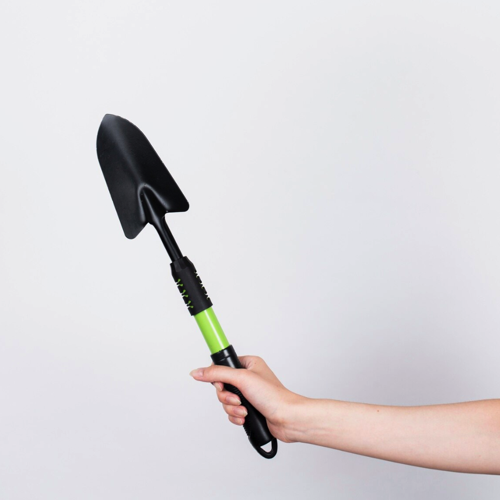Drag reduction design and experiments for the chisel-shaped shovel tip

Published: 16 April 2024
Abstract Views: 147
PDF: 142
Publisher's note
All claims expressed in this article are solely those of the authors and do not necessarily represent those of their affiliated organizations, or those of the publisher, the editors and the reviewers. Any product that may be evaluated in this article or claim that may be made by its manufacturer is not guaranteed or endorsed by the publisher.
All claims expressed in this article are solely those of the authors and do not necessarily represent those of their affiliated organizations, or those of the publisher, the editors and the reviewers. Any product that may be evaluated in this article or claim that may be made by its manufacturer is not guaranteed or endorsed by the publisher.
Similar Articles
- Maurizia Sigura, RURAL LANDSCAPE MULTIFUNCTIONALITY: A GIS BASED APPROACH FOR ASSESSING AREAS CHARACTERISED BY ECOLOGICAL FUNCTIONS , Journal of Agricultural Engineering: Vol. 41 No. 4 (2010)
- Damiano Coppolecchia, Davide Gardoni, Cecilia Baldini, Federica Borgonovo, Marcella Guarino, The influence on biogas production of three slurry-handling systems in dairy farms , Journal of Agricultural Engineering: Vol. 46 No. 1 (2015)
- Riccardo Bettini, Alessandro Giorgetti, Enrico Cini, Paolo Citti, THE LEAN SIX SIGMAAPPROACH FOR PROCESS IMPROVEMENT: A CASE STUDY IN A HIGH QUALITY TUSCANY WINERY , Journal of Agricultural Engineering: Vol. 41 No. 4 (2010)
- Igor KovaÄev, Daniele De Wrachien, Report on the 44th International Symposium: Actual Tasks on Agricultural Engineering, 23rd-26th February 2016, Opatija, Croatia , Journal of Agricultural Engineering: Vol. 47 No. 1 (2016)
- Francesco Bettella, Vincenzo D'Agostino, Lucia Bortolini, Drainage flux simulation of green roofs under wet conditions , Journal of Agricultural Engineering: Vol. 49 No. 4 (2018)
- Zachary Chapman, Jeffrey Doom, Computational fluid dynamic simulation of a pulse-width modulated spray nozzle , Journal of Agricultural Engineering: Vol. 52 No. 1 (2021)
- Marcello Niedda, Mauro Greppi, WATERSHED RUNOFFAND RIVER FLOOD MODELING IN LAND USE PLANNING , Journal of Agricultural Engineering: Vol. 41 No. 2 (2010)
- Juan Ãngel Mintegui Aguirre, José Carlos Robredo Sánchez, Carlos de Gonzalo Aranoa, Pablo Huelin Rueda, Jorge Fallas, Felipe Cisneros, Pedro Cisneros, Adriana Urciuolo, Rodolfo Iturraspe, Forest use strategies in watershed management and restoration: application to three small mountain watersheds in Latin America , Journal of Agricultural Engineering: Vol. 45 No. 1 (2014)
- Andrea Galli, Cosimo Peruzzi, Fabiola Gangi, Daniele Masseroni, ArduHydro: a low-cost device for water level measurement and monitoring , Journal of Agricultural Engineering: Vol. 55 No. 1 (2024)
- Lorenzo Picco, Alessia Tonon, Riccardo Rainato, Mario Aristide Lenzi, Bank erosion and large wood recruitment along a gravel bed river , Journal of Agricultural Engineering: Vol. 47 No. 2 (2016)
<< < 26 27 28 29 30 31 32 33 34 35 > >>
You may also start an advanced similarity search for this article.

 https://doi.org/10.4081/jae.2024.1576
https://doi.org/10.4081/jae.2024.1576







